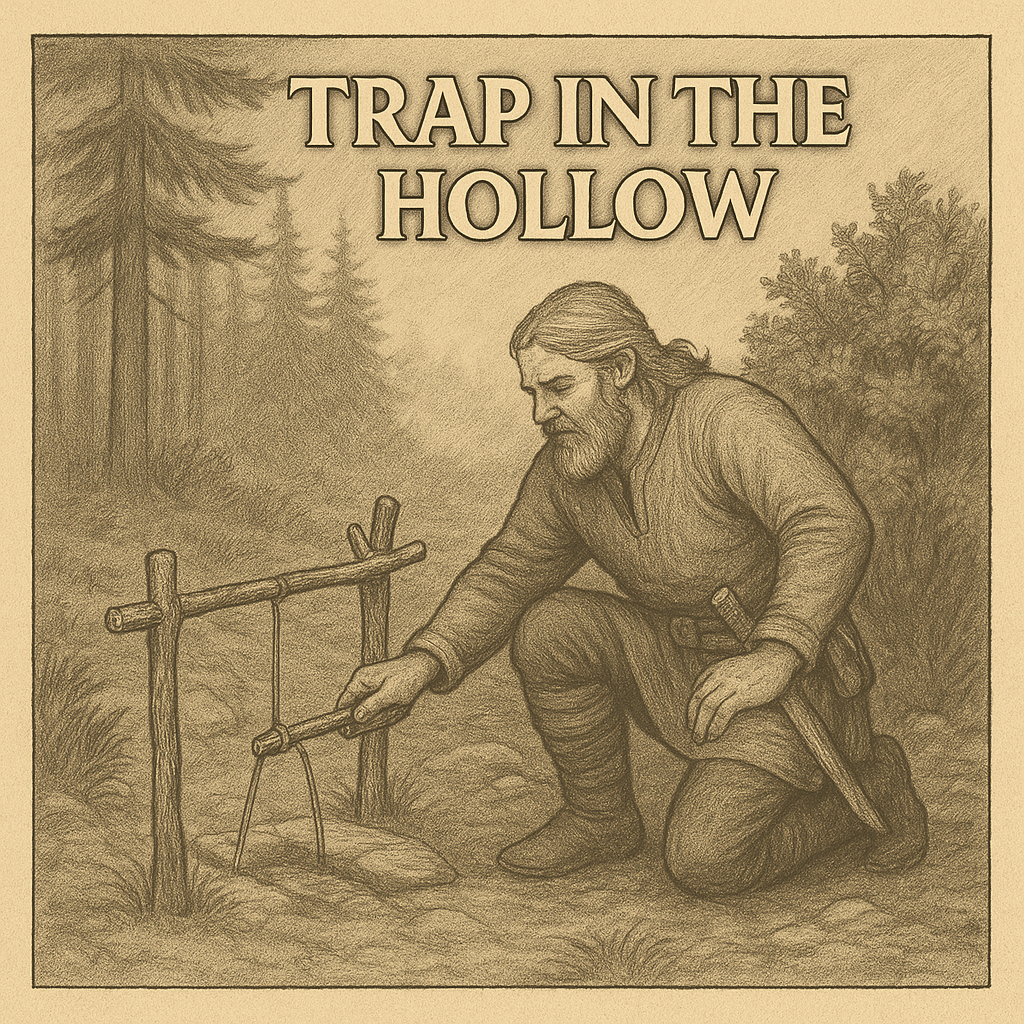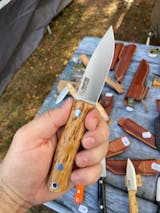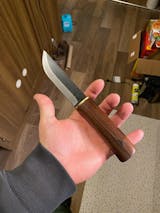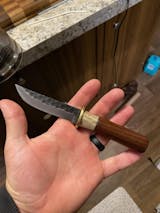How Ragnar Sets a Primitive Trap in the Forest
The wind rolled low across the hollow, bringing the scent of damp soil and the dry snap of brittle pine. Ragnar rose early. His shelter still held against the cold, but the ache in his belly was sharpening. Meat wouldn’t last forever. And he knew that in time, the hunt would turn lean.
The game here moved differently than in his homeland. Quieter. Less predictable. They wandered in smaller numbers. And so, Ragnar decided not to chase. He would wait. But with cunning.
He walked along the ridge edge, where rocks scattered and brush thickened into a tangle of deer trails. There, he found tracks—fresh, pressed deep into soft mud. Rabbit. Or hare. He knelt and pressed his palm beside it. Yes. One would do.
He gathered slender saplings and a length of corded sinew from the deer’s remains. A snare trap. The same kind he’d used outside Hedeby. He bent a branch, tested the tension, then set the loop carefully. The trigger stick he carved with his seax. He dusted the area with pine needles to hide his scent.
Then he waited.
The day passed slowly. He didn’t sit still—he kept to the trees, practiced throwing his spear at stumps, and checked bark for signs of grubs or beetles. But his mind drifted to the snare.
By late afternoon, the wind shifted. A rustle. A pause. Then a snap—not of twig but tension.
He ran, careful not to shout.
The trap had sprung.
A young hare kicked feebly in the snare, eyes wide. Ragnar knelt swiftly, ending its panic with a silent grip and calm breath. He whispered the same thanks he had given the deer. Then, with practiced hands, he cleaned the animal by the stream and smoked the meat over a small fire ring as dusk fell.
It was not a feast. But it was enough. The trap had worked. The land had given again.
He reset the snare before nightfall.




